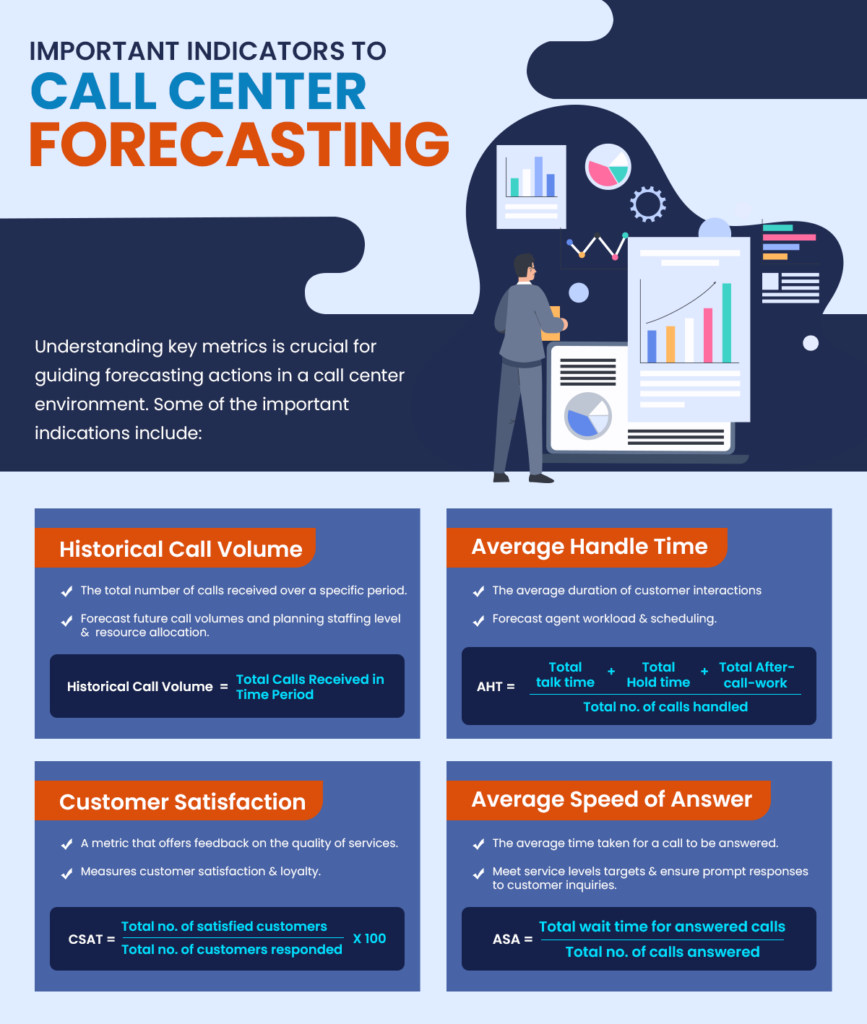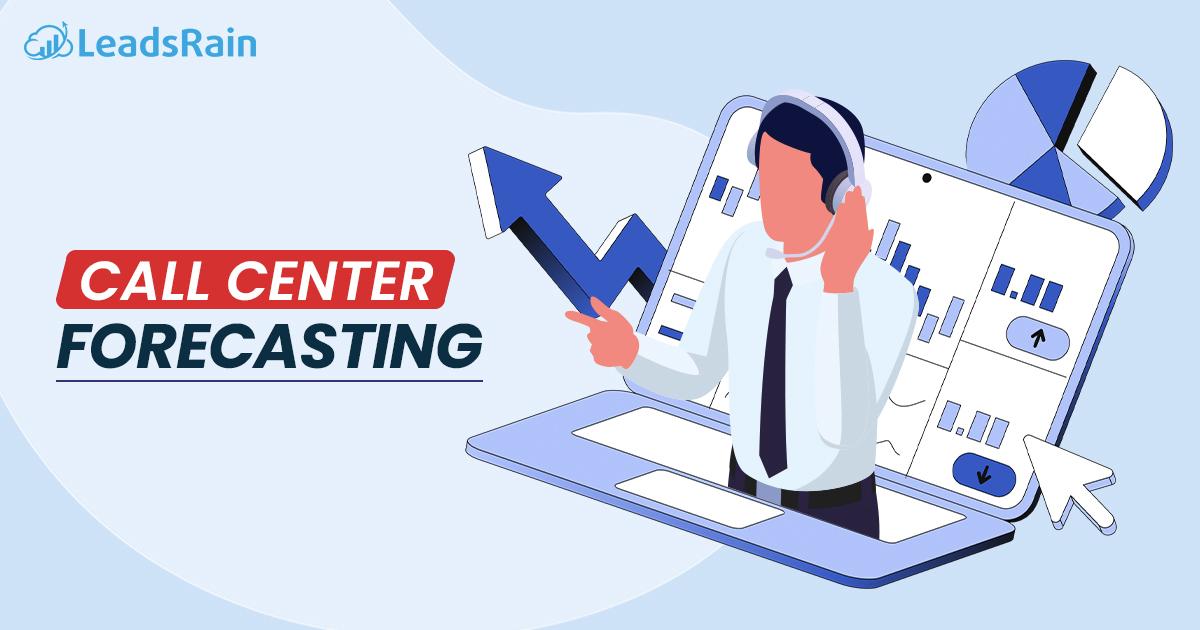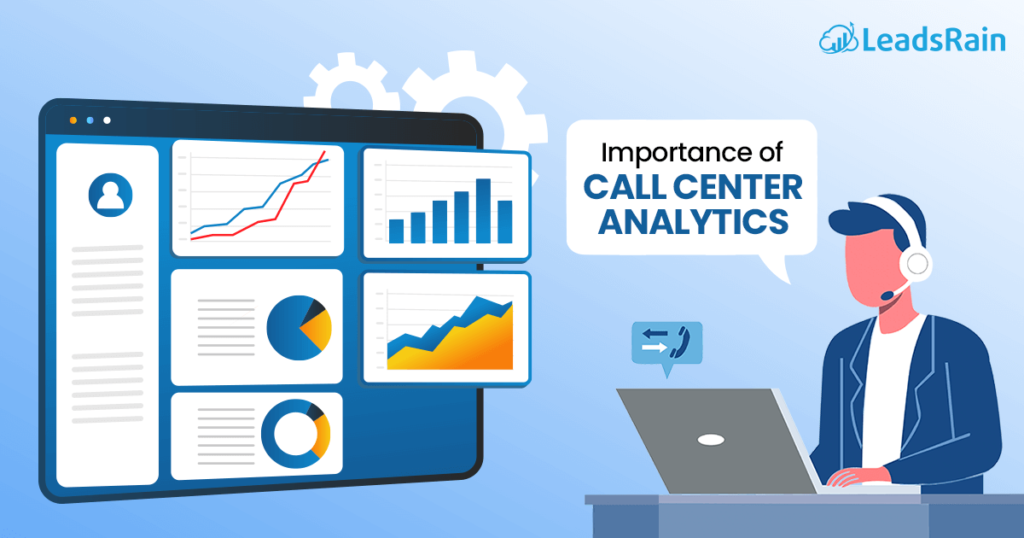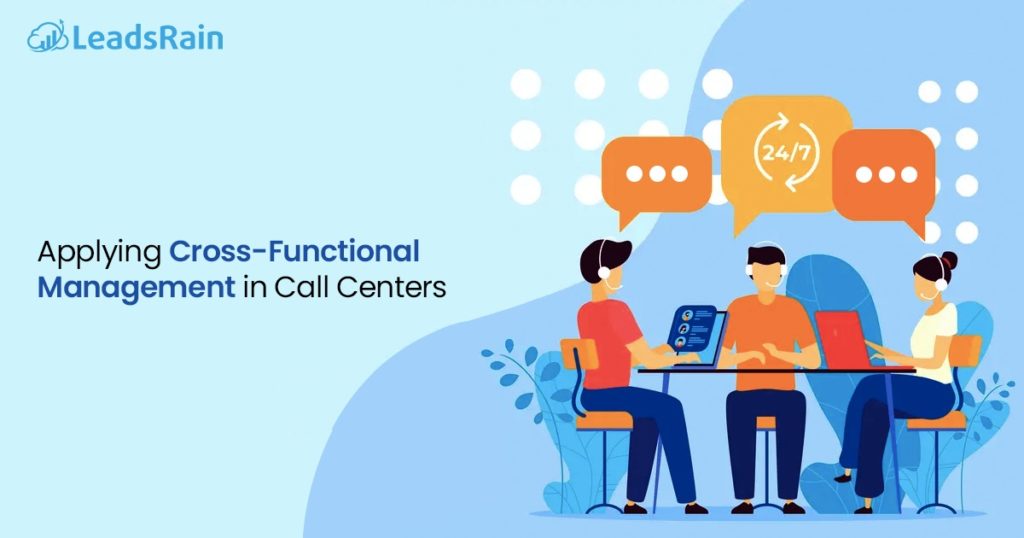How can you constantly guarantee excellent experiences, especially during high call volume?
Call center forecasting is here to change everything.
Although it could seem like an extended period of trial and error, call center forecasting can make resource management seem uncomplicated! Here, we’ll discuss the nuts and bolts of call center forecasting, including its importance, guiding ideas, and indicators.
What is Call Center Forecasting?
Call center forecasting is the process of predicting the volume of incoming calls, emails, chats, or other interactions that a call center is likely to receive over a specific interval of time, commonly done on an hourly, daily, weekly, or monthly basis.
Don’t miss out on this, though Call center forecasting is the cornerstone of efficient call center operations.
It’s a maneuver used to predict and plan future call volumes based on particular criteria like historical data collected via voice calls, emails, SMS, or other customer interaction channels. This involves analyzing historical data, seasonal trends, and external factors to generate accurate forecasts. These call center forecasts assist in efficiently allocating resources like staff scheduling & technology to meet customer demand and maintain service levels.
Have you, however, ever given contact center omnichannel forecasting any thought?
Before understanding omnichannel forecasting, let’s get the gist of the omnichannel contact center: It’s a customer approach tactic driving a seamless experience across multiple communication and social media channels.
Omnichannel forecasting anticipates the volume of customer interaction across multiple channels and touchpoints, such as phone calls, emails, text messages, social media interaction, and many more. To effectively forecast and schedule across multiple channels, workforce management, therefore, had to evolve.
Importance of Call Center Forecasting
Call center forecasting holds a critical role in optimizing operations, improving customer service, and driving business growth and success. Accurate forecasting maintains smooth workflows, ensuring that they have the right number of agents available at any given time to handle incoming calls efficiently.
By achieving call center forecasting and scheduling, businesses can minimize customer wait times, reduce abandoned calls, and improve overall customer service levels. Let’s understand its importance with a few pieces of information;
- Allows businesses to meet Service Level Agreements (SLA) compliance.
- It helps in planning workforce schedules, breaks, and shifts more accurately.
- Better cost management and resource allocation plus utilization.
- Handles incoming calls without long wait times.
- Guarantees that the call center can maintain operations even during unexpected events.
- Minimizes disruptions to service delivery.
- Empower managers to make informed decisions regarding staffing, technology investments, and overall process improvement.
- Identifies areas for improvement in their workflow processes and methodologies.
Frequent Barriers to Call Centre Forecasting
Various challenges and barriers exist throughout the forecasting process, ranging from data accuracy issues to the complexities of customer behavior and emerging communication channels. Overcoming these frequent barriers is crucial for call centers to improve accuracy and deliver superior customer experiences.
Here is a list of some frequent and common barriers in call center forecasting which are listed down below;
- Inaccurate data can hinder the accuracy of forecasts.
- Accurately forecasting demand can be challenging due to seasonal trends, holidays, or external events.
- Lack of automation and manual forecasting can be time-consuming, leading to numerous barriers.
- Lack of advanced analytics capabilities can impede the accuracy of forecasts.
- Lack of collaboration between departments involved in forecasting can inhibit data sharing and synchronizing forecasting actions.
How Is Forecast Accuracy Determined in a Call Centre?
Forecast accuracy in a call center can be determined by using the following formula:

Thus, there was a 10% variation between the actual and predicted outcomes.
Important indicators to guide forecasting
Understanding key metrics is crucial for guiding forecasting actions in a call center environment. Some of the important indications include:

1. Historical Call Volume
Analyzing call volume can help call centers identify patterns, trends, and seasonality in customer demand. This is considered a backbone for forecasting future call volumes and assists in planning staffing levels and resource allocation.
2. Average Handle Time (AHT)
Average handle time simply measures the average duration of customer interactions such as hold time, talk time, and after-call work. This metric is important for forecasting agent workload and scheduling.
3. Customer Satisfaction (CSAT)
Customer satisfaction provides feedback on the quality of services provided by the call center, which can directly impact future call volumes and forecasting requirements. CSAT is crucial for measuring customer satisfaction and loyalty.
4. Average Speed of Answers (ASA)
The average speed of answers and the percentage of calls answered within a specific time frame ( for example 70% of calls answered within 20 seconds) are important metrics for measuring call center performance. This indicator helps to meet service level targets.
What kinds of Methods are applied to Call Center Forecasting?
Several methods may be used in call center forecasting to generate accurate and reliable forecasts. Let’s examine four widely used techniques.
Auto-regressive integrated moving average (ARIMA).
One prominent forecasting method is well-known for call volumes. ARIMA consists of three components: Auto Regression (AR), Integrated (I), and Moving Average (MA). These methods capture historical dependencies, seasonal trends and patterns, and random fluctuations.
Machine learning algorithms & AI.
Machine learning (ML) algorithms are considered sophisticated tools for call volume, and service demand prediction. AI forecasting tools automate the process by delivering accurate predictions.
Erlang C model.
One of the mathematical formulas optimized in call centers to determine the optimal number of agents required to maintain a desired service level. Erlang C model involves the arrival rate of calls, the average handle time, and the desired service level.
Triple exponential smoothing.
This method is also called ‘Holt-Winters’. It consists of three components: level, Trend, and Seasonality. Triple exponential smoothing is beneficial for determining short-term trends and seasonality.
Top Ways to Perform Scheduling and Forecasting in Call Centers
Organizations must implement an appropriate approach to get optimal outcomes and facilitate seamless workforce forecasting and scheduling in contact centers. We’ve identified a few best practices;
1. Accessing relevant sources of information
The first step to scheduling and forecasting in a call center is to identify the accurate data source. The source of information commonly involves historical call data and previous customer interaction records to focus on call patterns. Gathering both internal and external data sources from CRM systems, marketing campaigns, or seasonal trends becomes essential.
2. Monitor real-time metrics
Leverage real-time data to act in scheduling and forecasting processes in the call center. Monitoring real-time information on call volumes, and customer behavior will ensure you adjust and fix forecasts in real-time, improving their accuracy and flexibility to changing conditions.
3. Invest in call center technology.
Make your savings more useful by investing in call center technology and workforce management tools. These advanced technologies will support forecasting, scheduling, and real-time monitoring of call center operations.
4. Setting up a flexible schedule.
When establishing forecasts, one must be prepared and pre-planned for handling unexpected situations like breaks, meetings, and national holidays. It’s better to ensure flexible schedules and respond to unexpected occurrences without sacrificing the level of service.
5. Make suitable agent schedules.
Approaching the right agents is very crucial in determining SLAs and response times. Every agent possesses different abilities, skills, proficiencies, and productivity levels. Taking these into account, the forecasting process ensures that agents are well-compliant with the task and must align with their expertise and skill to improve overall performance and customer satisfaction.
Outbound Marketing Solutions’ potential assistance
Our outbound marketing solutions can significantly aid call center forecasting by offering valuable insights and data that enhance predictive accuracy and inform resource allocation. LeadsRain’s outbound marketing activities contribute to filling the sales funnel with leads and prospects.
Our omnichannel capabilities enable call centers to gather data from various touchpoints, providing a more comprehensive view of customer interactions and preferences. This data can then be analyzed to identify patterns, trends, and customer behavior, enhancing the accuracy of forecasting models.
The outbound dialer optimizes call pacing and efficiently connects agents with live prospects. This automation streamlines outbound calling processes, increases agent productivity, and ensures that call center resources are utilized effectively, contributing to more accurate forecasting. These outbound marketing solutions contribute to more accurate forecasting and better resource allocation.
Conclusion
Forecasting and scheduling for call centers are ongoing processes rather than a single occurrence. Call centers need to use data-driven forecasting techniques and harness the power of technology to provide great customer experiences, stay ahead of the competition, and successfully satisfy consumer needs.
Yet, it’s not a conclusion—- it’s an ongoing journey towards improvement and adaptation of a robust partner. Introducing LeadsRain, a feature-rich, fully cloud-based solution.




